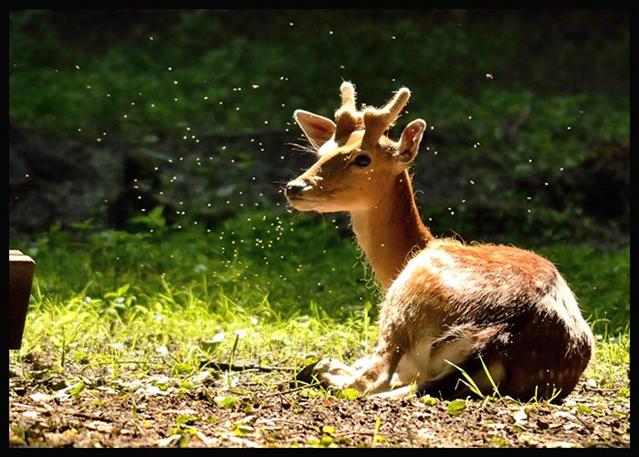
Chronic wasting disease (CWD), also known as “zombie deer disease,” is a deadly brain disease that is spreading rapidly among deer populations, both in the US and globally.
The disease has been mainly spotted in deer, elk, reindeer, and moose in the U.S., Canada, Norway, and South Korea. Furthermore, symptoms may take up to a year to appear, making them difficult to detect.
Recently, Maryland officials announced that, during deer reduction operations, to protect native plants and historic landscapes, two white-tailed deer at Antietam and Monocacy national battlefields were found to be positive for CWD, making it the first case in National Parks in the state.
The symptoms of CWD are quite alarming, including depression, altered gait, head tremors, and circling, which are responsible for the nickname “zombie deer disease.”
Unfortunately, CWD is a fatal disease with no known treatments or vaccines. It results from a malformed protein in the body that accumulates in the brain and can cause neurological signs, emaciation, and death.
Although no human CWD infections have been reported, studies suggest a potential risk. Officials advise against consuming meat from infected animals and urge park visitors to avoid touching sick or dead wildlife, but to contact a Park Service employee, as some diseases can pass between animals and humans.
It’s essential to take precautions, as CWD is a severe and rapidly spreading disease that poses a significant threat to both wildlife populations and human health.
Copyright © 2024, RTTNews.com, Inc. All Rights Reserved.















